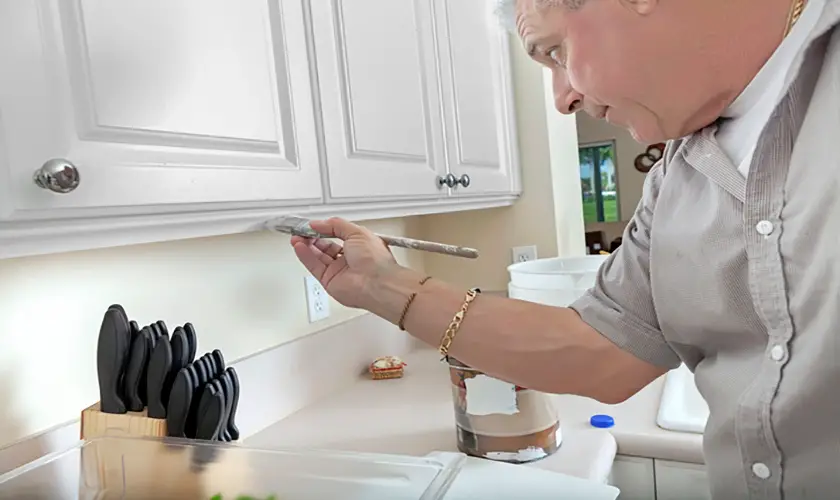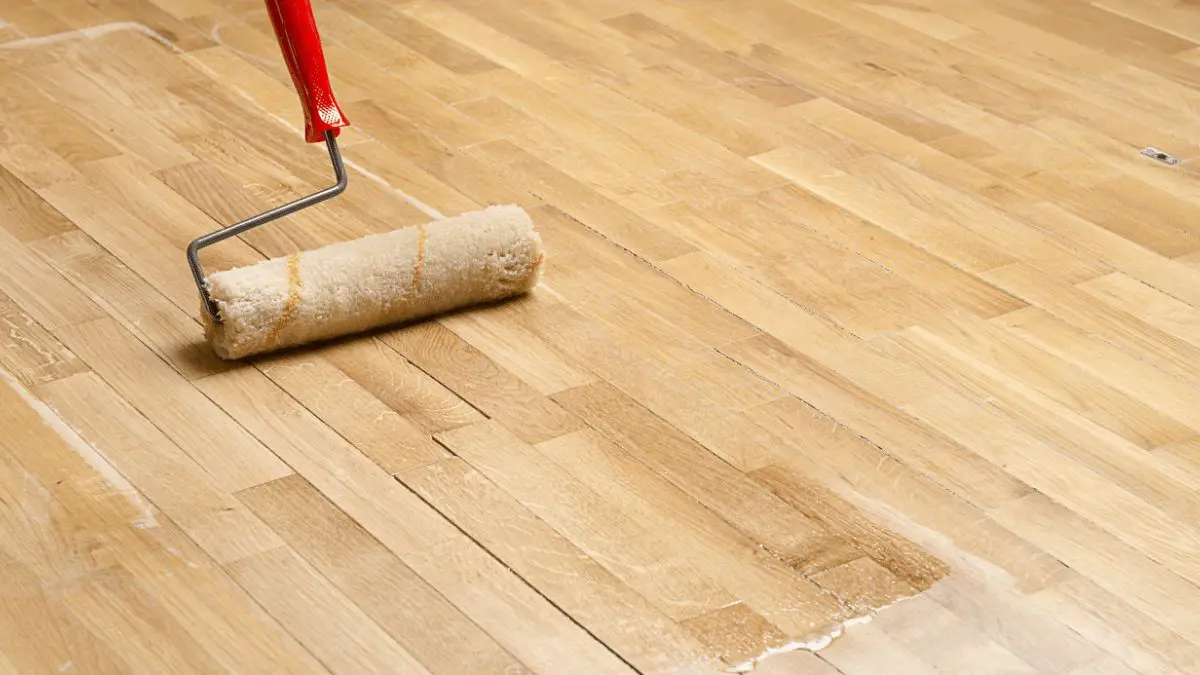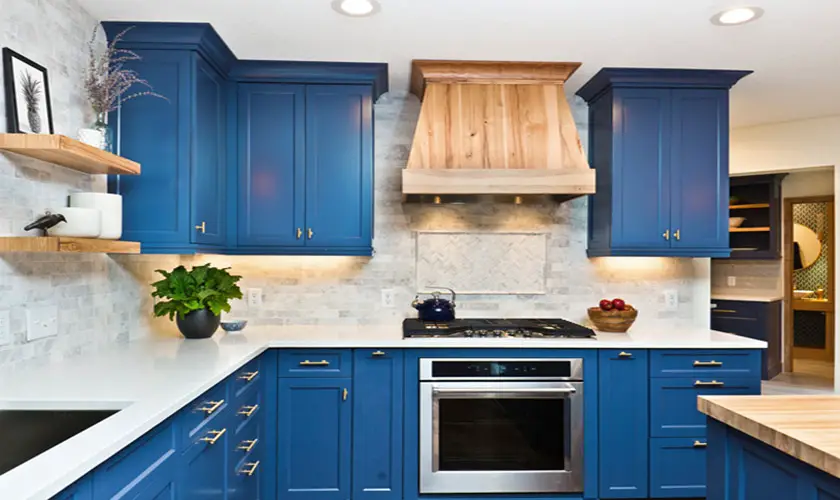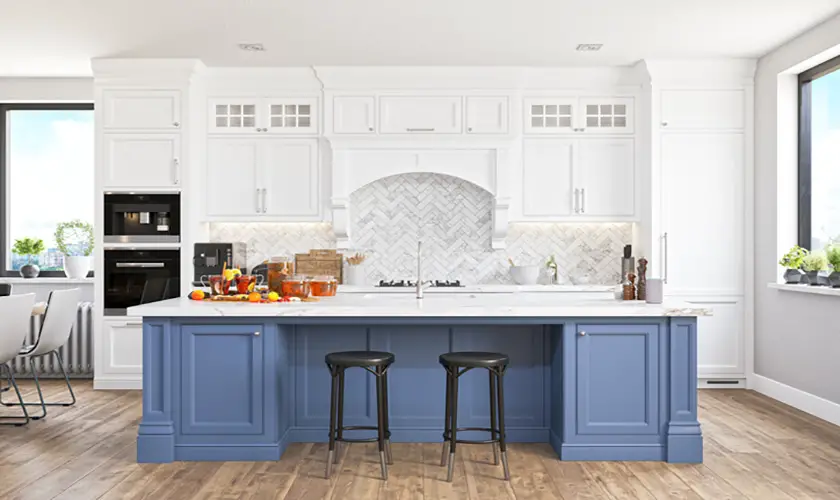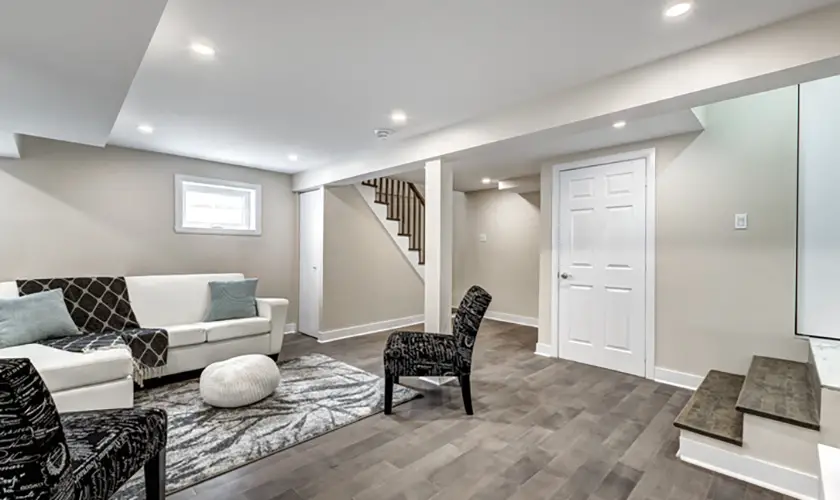
Many people have an outdoor shed to store garden tools and lawn equipment. But sheds don’t have to look ugly. Painting a shed in your favorite colors can add life to a backyard space whether you’re assembling a prefab kit or investing in new shed construction.
Because you don’t want to spend more money than you have to, and storing exterior paint can be challenging, it’s best to calculate how much paint you need before painting your storage shed to purchase just the right amount for the project.
For an average 8×12 shed, you’ll need between 0.8 and 1 gallon of paint for a single coat on the exterior shed walls. Some paint types have less paint coverage per gallon, so you’ll need up to two gallons to cover the same surface area—it’s vital to read the label on the specific paint you intend to use.
Finding if you have enough paint for a garden shed can seem daunting, but it only takes some simple math and taking the time to sit down to work the problem out. You now have a general idea of how much paint you’ll need for a similar shed size, so let’s take a closer look at the exact numbers to help you calculate the precise amount you’ll need for your project.
Calculating How Much Paint You Need for an 8×12 Shed
It’s crucial to establish how much surface area a single gallon of paint covers when calculating how much paint you’ll need for painting shed walls. Generally, one gallon of paint can cover 250 to 400 square feet. Most paints lean towards the higher end of that range, coming in at 400 square feet of coverage per gallon.
With the above paint coverage numbers in mind, it’s time to determine how much paint you’ll need to paint your shed. When explaining the steps, I’ll be using an 8×12 shed as an example, but you can plug in your shed’s exact numbers to get an accurate estimate.
1. Find the Surface Area of Your Shed’s Walls
To paint the exterior of an 8×12 shed, you must first calculate the shed’s exterior surface area. Dealing with standard square and rectangular sheds is quite simple, but things can become more challenging if your structure is a strange shape.
Calculate your shed’s surface area by multiplying the width and height of each side together and then adding up all the numbers. For a rectangular 8×12 shed with standard 8-foot ceilings, the two longer sides are 8 feet tall by 12 feet wide, and the shorter ends are 8 feet tall by 8 feet wide. To find the surface area of each side, that comes out to:
8 x 12 (long side #1) = 96 sq ft.
8 x 12 (long side #2) = 96 sq ft.
8 x 8 (short side #1) = 64 sq ft.
8 x 8 (short side #2) = 64 sq ft.
Now add the square footage of every side together to get a total of the surface area that you need to paint:
96 + 96 + 64 + 64 = 320 total sq ft.
2. Subtract Window and Door Surface Area
Most sheds have minimal windows and double doors made from the same building materials as the siding, so there’s no need to account for these openings when finding how much paint you need. However, some sheds have these features, so addressing this detail is essential.
Simply measure the height and width of any openings or areas that you don’t want to paint, namely doors and windows. Once you know the surface area of the features you don’t want to paint, subtract that number from the total surface area calculated in the previous step.
3. Divide Surface Area by Paint Coverage
You should now have the number of square feet you need to paint after subtracting all windows and doors. The next and final step is to calculate how many gallons of paint you need to purchase for the project by dividing your shed’s surface area by the paint’s coverage estimation.
For an 8×12 custom shed with 320 square feet of surface area, you would simply divide 320 square feet by 400 square feet of paint coverage per gallon to determine how much paint you need for the project.
320 sq ft of surface area / 400 sq ft. of paint coverage = 0.8 gallons of paint
The estimated coverage of a gallon of paint can vary depending on a paint’s brand, type, and quality. Always check your paint’s label to find a more accurate coverage number for that particular can.
Estimating how much paint you’ll need using the method described above is relatively accurate, but it’s always best to round up how many gallons you think you need. There are many factors to consider, the most important of which we’ll discuss in more detail, but it’s always best to have a little too much paint than fall just short.
Factors That Influence How Much Paint You Need
Many intertwining factors and conditions determine how much paint you’ll actually use when painting an outdoor shed. Below are a few of the most important to consider when deciding the amount of paint to purchase.
- Number of Coats – The calculations explored above are estimations for a single coat of paint. You’ll need to double the number of gallons required for the second coat of paint. You’ll need to triple it if you need three coats of paint.
- Primer – Paint primer is an integral part of laying a good foundation for the paint to adhere to the surface. If you don’t choose a paint with primer already mixed into the can, you’ll need to plan accordingly and purchase the correct amount of primer to cover the outside of your wooden shed before you apply the first coat of paint.
- Existing Paint Color – Changing your shed’s color from dark to light or light to dark requires much more paint and primer than using a similar color to the one already existing coat.
- Surface Material – Sheds come in many different materials, and certain materials react differently to paint and primer than others. A porous surface like unpainted wood typically requires second coat coverage, while metal or composites usually only require a single layer of paint.
- Paint Type – Two main categories encompass most paints: oil or water-based. Generally, oil-based paints require fewer coats than water-based paints due to their thicker consistency and finish.
For a paint job with the best results, as a general rule:
- sample the paint color in a small area
- paint in warm and sunny weather conditions
Final Thoughts
It’s nearly impossible to find exactly how much paint you’ll need when painting a shed, but you can get pretty close with some simple calculations. Additionally, it’s essential to consider the additional factors that could increase or decrease the amount of paint or primer you need for the project.


